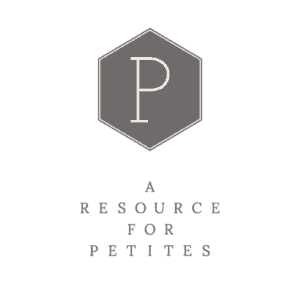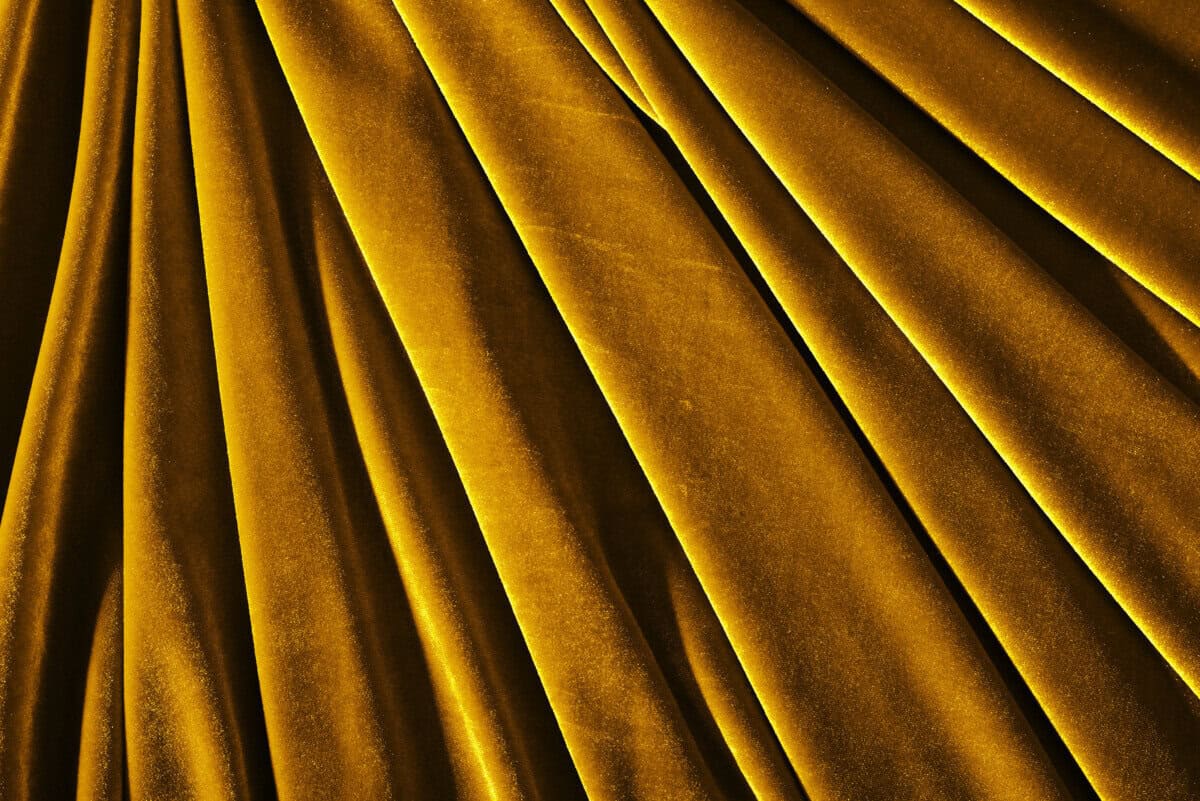We all know there is a wide variety of fabrics used in the fashion industry, but few of us have extensive knowledge about these fabrics. Which fabrics are lightweight and which are warm and insulating? Which fabrics are rigid and which are stretchy? Which fabrics are prone to shrinking? Which fabrics wrinkle easily and which are wrinkle-resistant? Needless to say, textiles have many characteristics.
Which fabric(s) make up a garment may not be top of mind when shopping for clothes, however, it is a very important detail to assess before making a clothing purchase. Understanding fabric types and their unique features, advantages, and disadvantages can help you better achieve your desired look and fit. Let’s dive into fabrics commonly used in the fashion industry and their many attributes, including wool, velvet, spandex, silk, polyester, and cotton.
Wool
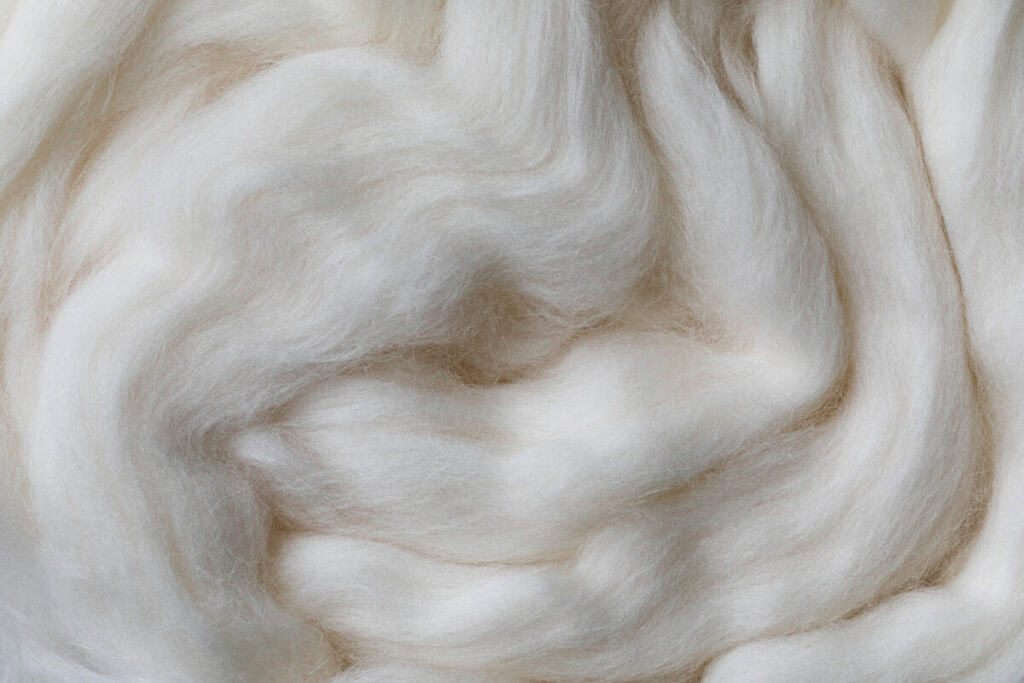
Wool is a natural fiber that has been used for thousands of years and comes from sheep, goats, camels, rabbits, and llamas. Sheep’s wool is the most common type of wool used in the fashion industry.
Types of Wool
Though there are many more types of wool, cashmere, mohair, angora, and merino are common types of wool we’ll explore in this article.
Cashmere
Cashmere is a type of wool that is sourced from the undercoat of Cashmere goats and is one of the most expensive types of wool. There are several breeds of Cashmere goats, including the Australian Cashmere goat, Hexi Cashmere goat, Changthangi, Inner Mongolia Cashmere goat, and many more.
Cashmere fibers are extremely soft, silky, and fine. In the fashion industry, cashmere is most commonly used to create sweaters, scarves, and socks. Clothes made of cashmere are both luxurious and soft, creating a very chic look without sacrificing comfort.
Mohair
Mohair is a type of wool derived from the hair of the Angora goat. Mohair is soft, has a high sheen, and is more elastic than most other types of wool. In the fashion industry, Mohair is often used in sweaters, coats, hats, and much more.
Angora
Angora wool comes from Angora rabbits, which is a breed that has long, silky fur that requires consistent grooming to avoid getting matted. It is lighter and finer than sheep’s wool, and its softness and warmth make it a desirable choice in the fashion industry. Angora rabbits can be white, black, gray or brown, and their wool can be used as-is and doesn’t require dyeing. In the fashion industry, angora wool is used in various high-end garments, including sweaters, scarves, gloves, and other accessories.
Merino
Merino wool originates from Merino sheep and is one of the most common types of wool used in the fashion industry. This type of wool is fine and soft, so it’s more comfortable and less itchy than other types of wool. Merino wool is insulating, breathable, natural and sustainable, and easy to care for (usually machine-washable).
Characteristics of Wool
Wool is insulating, moisture-wicking, durable, odor-resistant, breathable, and wrinkle-resistant. The many great characteristics of wool make it an excellent choice to use in fashion.
Velvet

Velvet can be made using a variety of materials and is a type of woven, tufted fabric that has a soft, dense pile. Velvet has been around for many millenniums and was historically associated with nobility and royalty. This is because it used to be made with silk and was very expensive to produce. Today, velvet is more commonly made using natural and synthetic fibers, like cotton, nylon, polyester, viscose, or rayon.
Velvet is sometimes manipulated to create various looks. Crushed velvet is a type of velvet that creates a more textured look by pressing the fabric in different directions. Embossed velvet features a pattern or design that is “embossed” on the surface. Devore velvet is a type of velvet that is semi-transparent by chemically dissolving certain parts of the fabric to create a design or pattern. In fashion, velvet is commonly used in dresses, suits, intimates, trim, and more.
Types of Velvet
The most common types of velvet include cotton velvet, silk velvet, and synthetic velvet, which are further defined below.
Cotton Velvet
As the name suggests, cotton velvet is made of 100% cotton. It is usually a little more expensive than synthetic velvet.
Silk Velvet
Silk velvet is very rare due to how expensive it is. Most “silk velvets” today are a combination of real silk and synthetic fibers.
Synthetic Velvet
Synthetic velvet is made from polyester, acetate, nylon, rayon, viscose, or a combination of these. It is cheaper than natural fiber velvets.
Characteristics of Velvet
“Soft” is a word that’s often used to describe velvet. Velvet has a plush texture and opulent appearance. It offers a high level of breathability, low stretch, and does not pill as easily as other fabrics.
Spandex
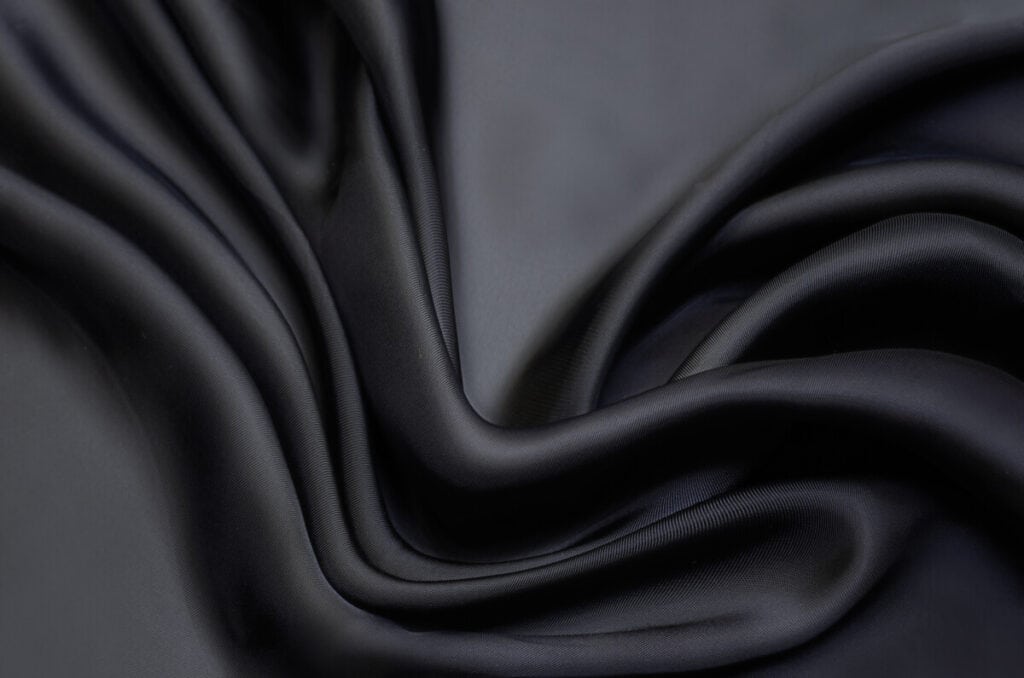
Spandex is a synthetic fabric that is known for its extreme elasticity. Spandex is made mostly of polyurethane, which is a synthetic polymer. Because of its elasticity, spandex is used to make stretchy, form-fitting clothes, like athletic wear, leggings, tights, bodysuits, swimwear, and more. Sometimes spandex, elastane, and lycra are used interchangeably. Spandex is also known as ‘elastane’ in Europe and other parts of the world, and the two words are synonymous. Lycra, however, is a well-known, brand name for spandex.
Characteristics of Spandex
As mentioned before, the main characteristic of spandex is its elasticity. Spandex can stretch up to six times its original size, while still being able to return to its initial shape. The stretchiness of the fabric makes it very comfortable and allows the wearer to move freely. Spandex is also resistant to moisture, like perspiration, lotions, and body oils.
Silk

Silk is a natural fiber made mostly of fibroin, which is a protein produced by insects. The silkworm, which is the caterpillar of the silk moth (Bombyx mori), is responsible for most of the world’s silk. Silk is well known for its sheen and luxurious feel.
Types of Silk
The four main types of silk produced around the world are Eri, Mulberry, Tasar, and Muga silk.
Eri Silk
Eri Silk is 100% natural and comes from the cocoons of the Samia Cynthia Ricini Moth and Philosamia Ricini Moth. This type of silk is largely found in the northeast region of India. Eri Silk is considered an all-weather protein fibre because of its isothermal properties making it a great choice for cool and warm months. Eri Silk has short fibers and a woolly texture with more of a matte look compared to other high-sheen silks.
Eri Silk is sometimes referred to as the “Peace Silk.” This is because the cocoons are boiled after the moths have emerged, as opposed to other types of silk where cocoons are boiled before the moths emerge, therefore killing them.
Mulberry Silk
You’ve probably heard of Mulberry Silk as it accounts for the majority of silk produced around the world. Mulberry Silk comes from the cocoons of the Bombyx mori moth, which feed off the leaves of the mulberry tree. Mulberry silk has long, uniform fibers making it a strong and durable type of silk. It has a very smooth texture, natural sheen, and is considered one of the highest quality silks in the world.
Tasar Silk/Tussar Silk/Kosa Silk
Tasar Silk, also known as Tussar Silk or Kosa Silk, is derived from various species of silkworms. Tasar Silk has a natural golden yellow color and has a more textured, course feel. As opposed to domesticated silkworms used to produce Mulberry Silk, Tasar silkworms live in the wild and feed on various types of leaves, like those from Asan, Sal, and Arjun trees.
Muga Silk
Muga Silk has been manufactured in Assam, a northeastern state of India, for centuries, and Assam is the world’s largest producer of Muga Silk. This type of silk is derived from a wild silkworm species, the Muga Silkworm (Antheraea assamensis). Muga Silk has cultural and traditional significance in Assam and is often used to produce traditional Assamese garments. Muga Silk is known for its natural golden-yellow hue, durability, and sheen.
Characteristics of Silk
Silk has a unique combination of characteristics. Silk has a soft and smooth texture, a natural sheen that gives it a shiny appearance, and is lightweight and breathable. Silk drapes well making it a popular choice for flowy garments. Although silk has a delicate appearance, it is a strong and resilient material. Not only that, but silk also has temperature-regulating properties, is moisture-wicking, hypoallergenic, and biodegradable.
Polyester
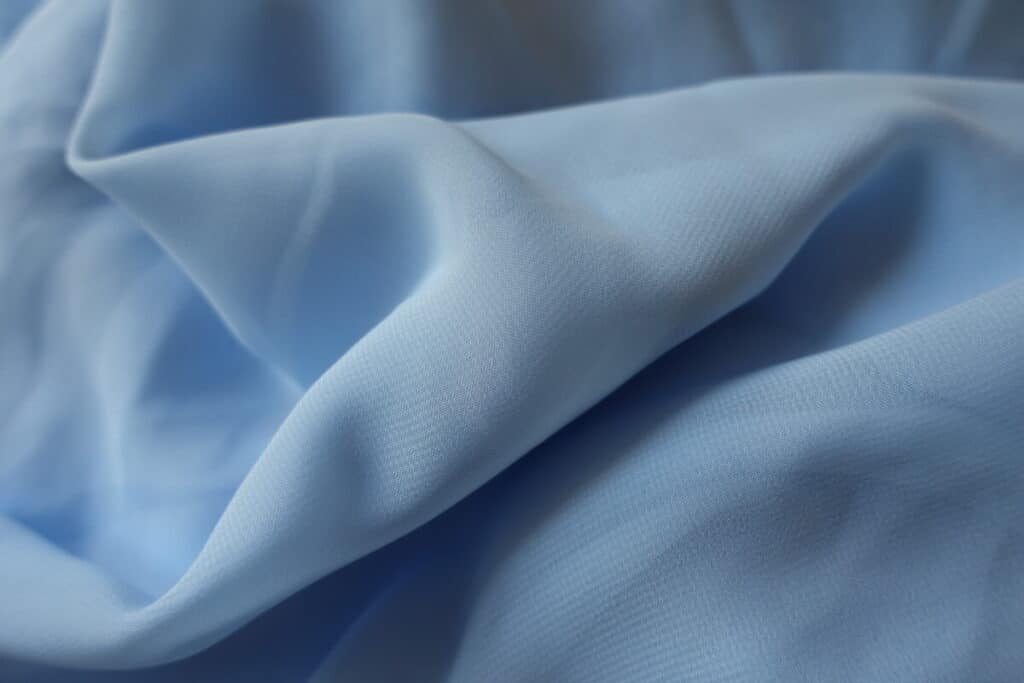
Polyester, or technically known as polyethylene terephthalate (PET), is a synthetic fiber made in a lab. Polyester is essentially a kind of plastic that is made by combining ethylene glycol and terephthalic acid. It has become one of the most widely used materials in the textile industry, and it’s safe to assume that some, if not many, garments in your closet are made of polyester.
Depending on the manufacturing process and materials used, different types of polyester can be produced, like Polyethylene Terephthalate (PET), plant-based polyester, or PCDT polyester. In the fashion industry, polyester is often used in shirts, pants, dresses, skirts, shorts, jackets, and basically anything else you can wear.
Characteristics of Polyester
There are several characteristics of polyester that explain why it is so widely used today. It has endless applications in the fashion industry. Polyester fibers are much more durable than natural fibers and don’t stretch or easily rip. Unlike cotton and other natural fibers, polyester repels moisture instead of absorbing it. Not only that, but polyester is wrinkle-resistant, which makes it a very desirable material to use in the apparel industry. It also retains color well, resisting fading from sun exposure or washing.
Cotton
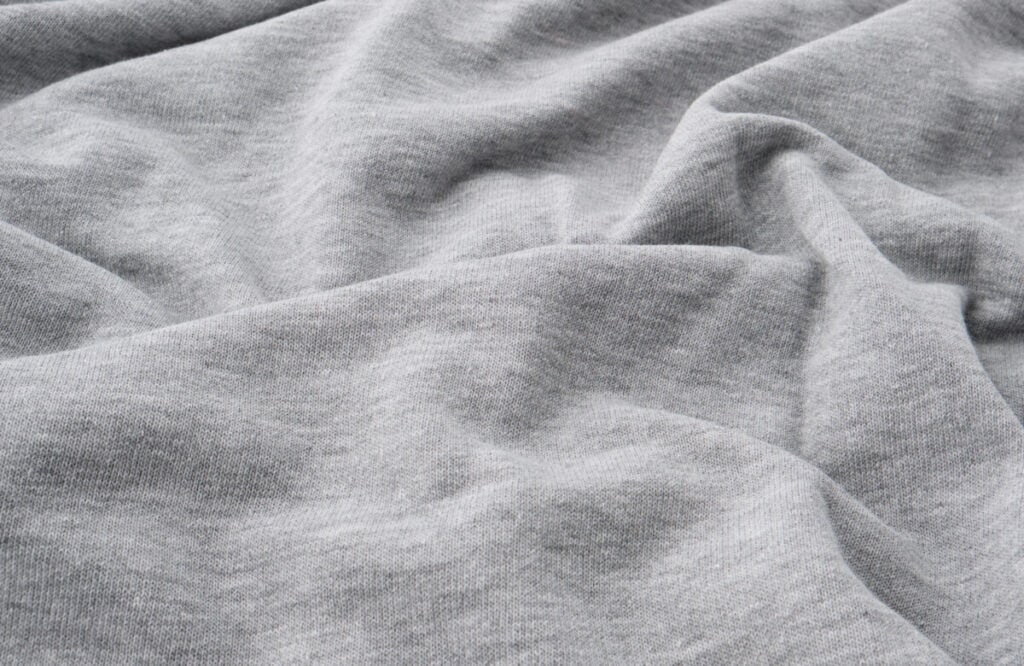
Cotton is a natural material that comes from the fibers surrounding the seeds of a cotton plant and has been a staple in the fashion industry for centuries. Understandably so, cotton is one of the most widely used fabrics in the fashion industry. This is likely because it is soft, breathable, versatile, and easy to care for. Cotton is often used in the fashion industry to make socks, underwear, t-shirts, and much more.
Types of Cotton
Gossypium Hirsutum also known as Upland Cotton or Mexican Cotton
Gossypium Hirsutum/Upland Cotton/Mexican Cotton is the most widely cultivated and utilized type of cotton in the world and accounts for the majority of the world’s cotton production. Upland cotton has medium length fibers, compared to other types of cotton, that are suitable for various fabric types and weights.
Gossypium Barbadense also known as Egyptian Cotton
Gossypium barbadense, more commonly referred to as Egyptian Cotton, has extra-long staple fibers (ELS) and is considered a luxurious type of cotton. ELS fibers are fibers that are longer than 34 millimeters.
Gossypium Herbaceum also known as Levant Cotton
Gossypium Herbaceum, or Levant Cotton, is a species of cotton that has a long history of being cultivated in Syria, Jordan, Lebanon, and certain areas of Turkey and Iraq, known as the Levant region of the Middle East. Levant Cotton fibers are usually a medium length.
Characteristics of Cotton
Cotton has many desirable characteristics. Some key properties of cotton include: breathable, moisture-wicking, natural and sustainable, easy to dye, comfortable, and affordable, which all make it a very popular choice in the fashion industry.
It is not uncommon for people to make a clothing purchase without first taking a look at what fabric(s) the garment is made of. However, it is a crucial detail to assess as it allows us to better understand how the garment will fit and feel enabling us to achieve our desired fit and style.
